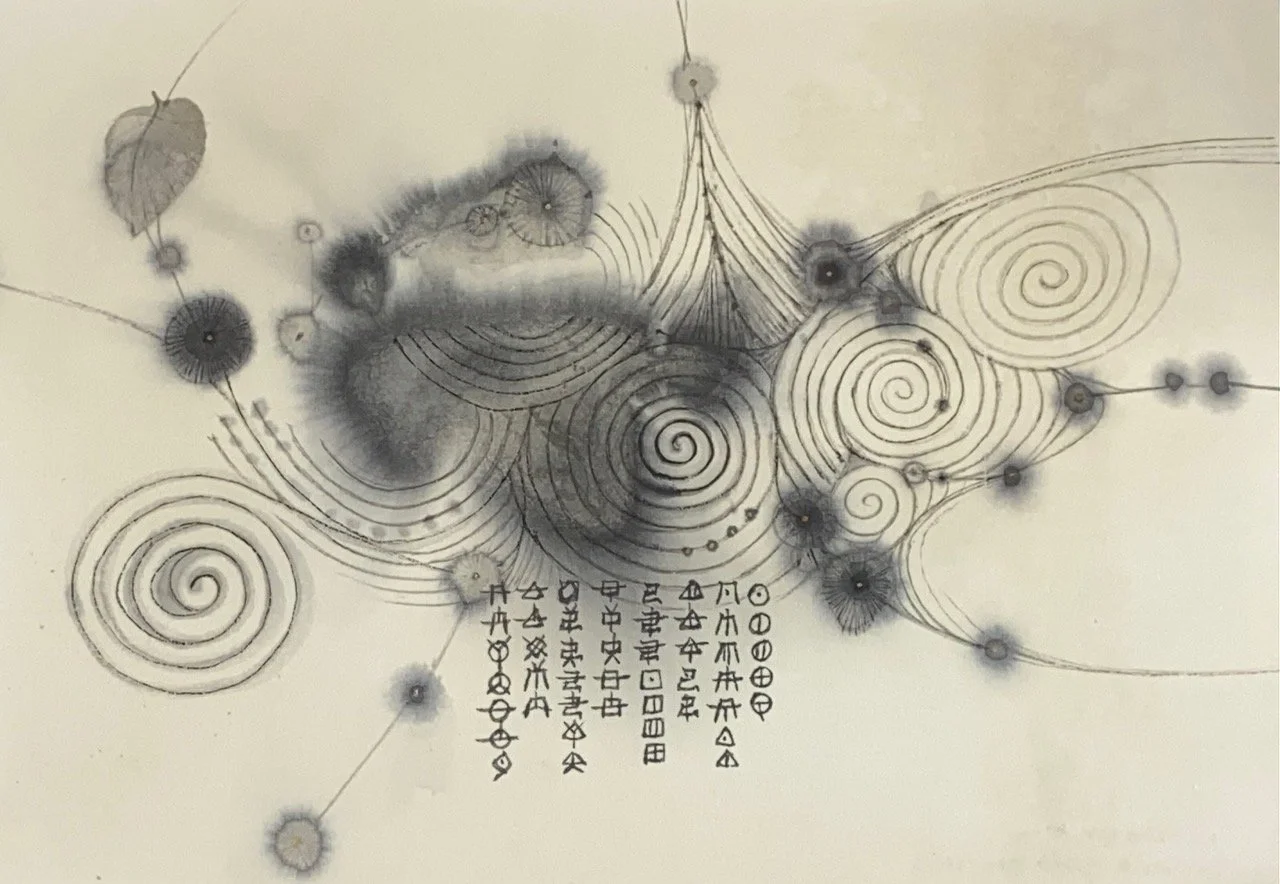Fumiyo Yoshikawa
PAINTING JUROR, JUDGE and WORKSHOP INSTRUCTOR
Fumiyo Yoshikawa was born in Kyoto and studied Japanese painting at the Kyoto University of Education. While still a student, she was selected for the Kyoto Art Exhibition, and since then, she has been selected for numerous prestigious public exhibitions. Right after graduating, she was accepted into Seitosha, a school rooted in the Shijo Maruyama School and was also accepted to join the Kyoto Nihonga (Japanese painting) professional artists association.
Her career blossomed as she continued to receive awards and was selected for various notable exhibitions, particularly the Japan Fine Arts Exhibition (Nitten). She held her first solo exhibitions in Ginza, Tokyo, and Teramachi Sanjo in Kyoto in 2001.
In 2003, Fumiyo held solo exhibitions in Antigua, Guatemala, and in 2004, she moved to the United States. There, she developed a distinctive style of painting that fuses traditional Japanese techniques, including ink wash and Japanese painting, with her personal philosophy. Throughout her career, she has exhibited extensively across the United States and served as a board member of the Sumi-e Society of America, where she also contributed articles on Japanese and ink wash painting.
Her artistic excellence has earned her several prestigious awards, including the Grand Prizes in Painting and Calligraphy. Fumiyo has led numerous workshops and exhibitions, introducing Japanese painting and ink wash techniques at renowned institutions such as the Asian Art Museum in San Francisco, the Sacramento Museum of Art, and Kala Art Institute, to name just a few.
In 2024, Fumiyo held a solo exhibition in Japan, showcasing her latest works, and also had an art residency in Guatemala, culminating in another solo exhibition there. These experiences have further enriched her artistic journey and deepened her connection with diverse cultural contexts. Currently, Fumiyo resides in the San Francisco Bay Area, continuing her work as both an artist and educator.
(Following is a poem Fumiyo wrote)
Being an Artist
To be an artist is to be honest with oneself.
To be sincere.
To observe the world with an open mind, free of prejudice—to learn from it, to feel it deeply.
To seek truth within it.
To discover beauty within it.
Even in the harshest and most difficult circumstances, there is beauty to be found.
To recognize it. To feel it.
To cultivate the ability to transform what is seen and felt into art.
To connect with the world through one’s work.
And through that work, to give something back to the world.
Fumiyo Yoshikawa’s Comments on What I Feel Makes an Excellent Work of Art
Kanō Motonobu, the founder of the Kanō school, which holds a significant place in Japanese art history, once said:
"A truly excellent painting emits a cool sound. Listen carefully to that sound—it is the sound of silence."
What kind of painting carries this cool, silent sound?
Is it one rendered with photographic precision?
Is it a meticulous imitation of a master artist’s work?
Is it a piece created with painstaking effort over time?
Is it a work filled with technical prowess?
To me, a truly excellent work of art is one that resonates with the heart. If an artist can capture and express the energy flow of nature or the cosmos through a subject that moves them, and their work, in turn, touches the hearts of those who see it, then that is a truly remarkable painting.
What, then, defines an excellent painting that emits this "cool sound," this "sound of silence"?
Perhaps the answer differs for each person.
So how can we discover such a painting?
And how can we create one ourselves?
These are questions each of us must seek and find our own answers to.
Cultivating sensitivity, seeing the world without prejudice, focusing the mind with deep concentration—
Training the brush until it becomes an extension of one’s own heart—
Perhaps these are the doorways to discovering that answer.
The wandering haiku poet Santōka, who traveled across Japan composing poetry while living a life of mendicant pilgrimage, once wrote:
**"The Way is not in seeking the extraordinary, but in carrying out the ordinary.
Through gradual practice, one reaches sudden realization.
The foundation of a leap is deep immersion.
The Way lies ahead—walk straight, walk straight."**
Perhaps, like him, we too may find our answer—not in chasing the extraordinary, but by quietly and steadily walking the path before us.


